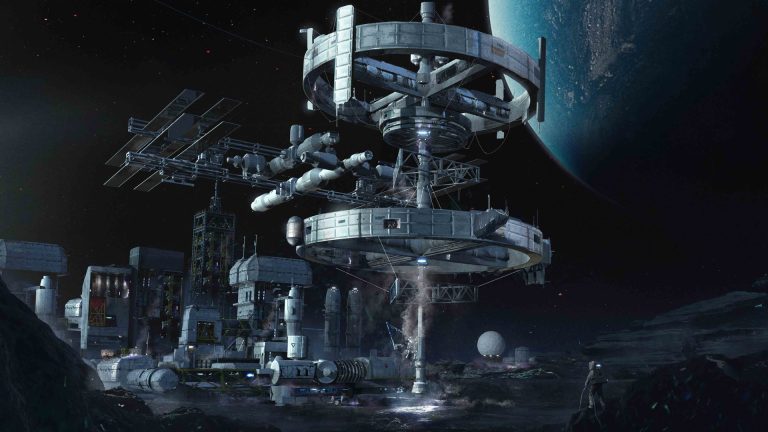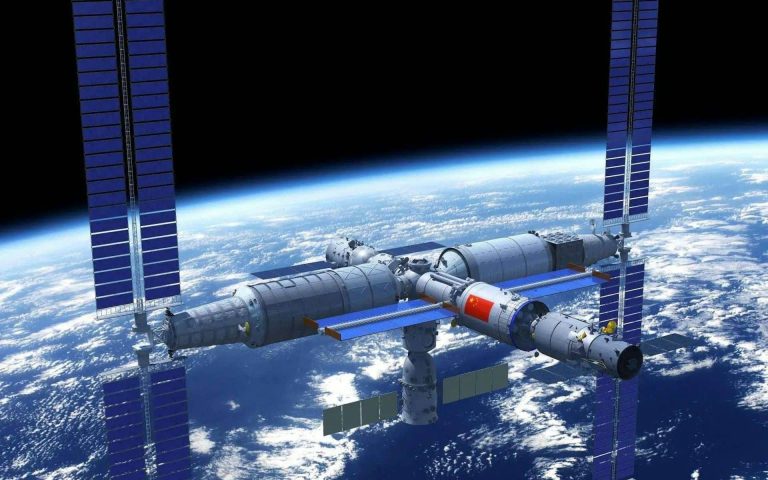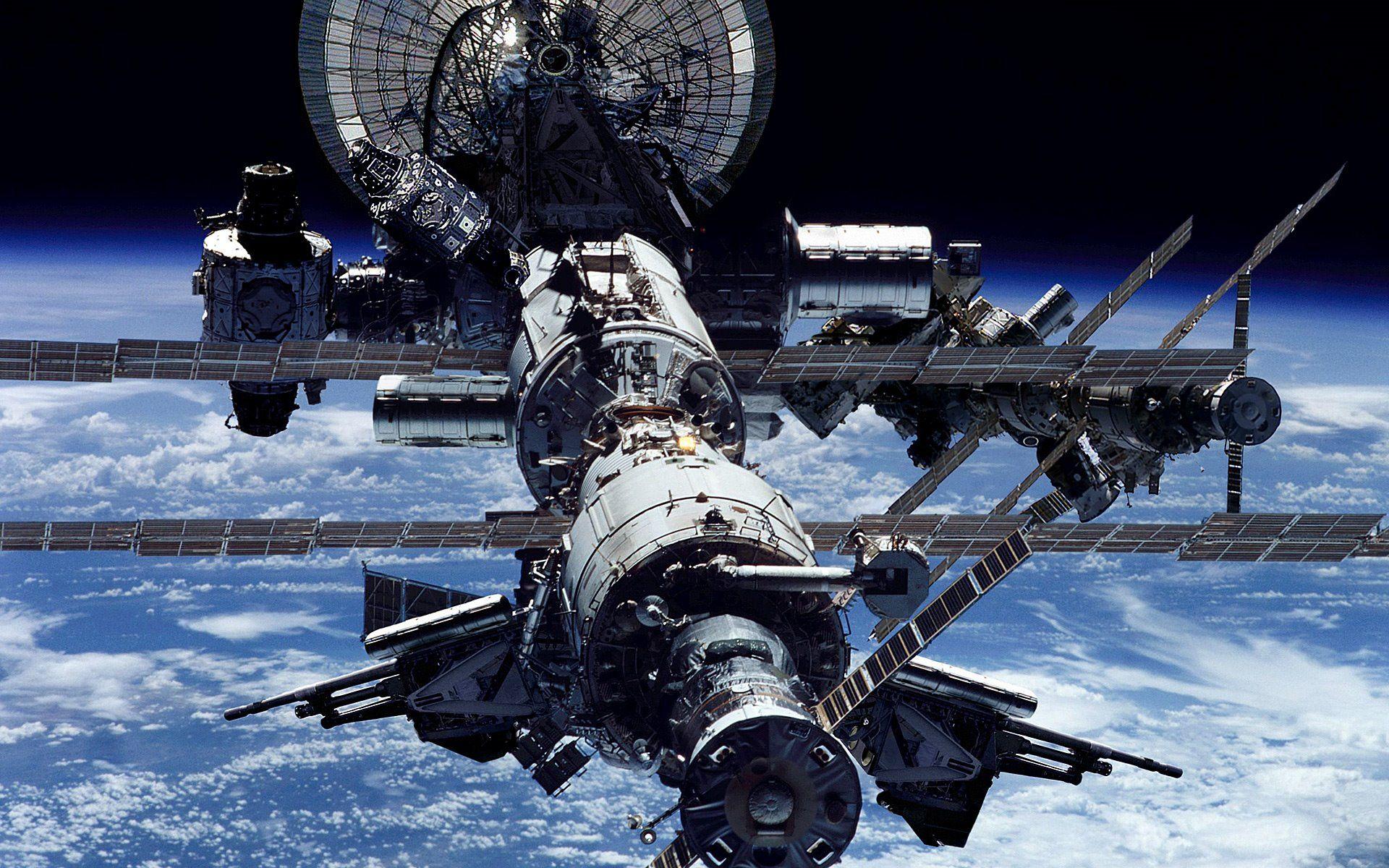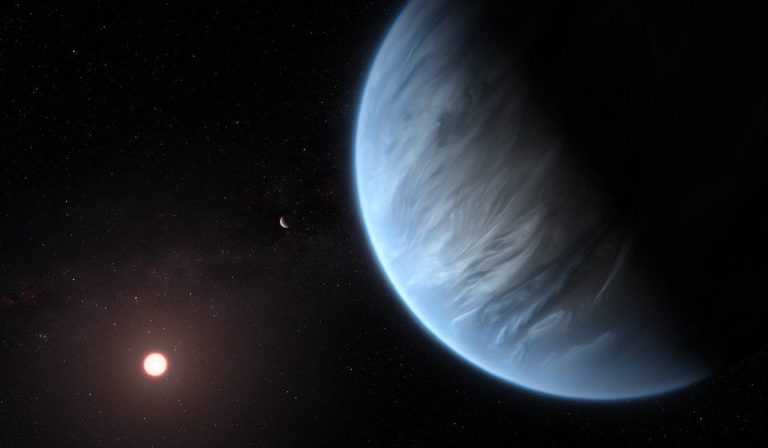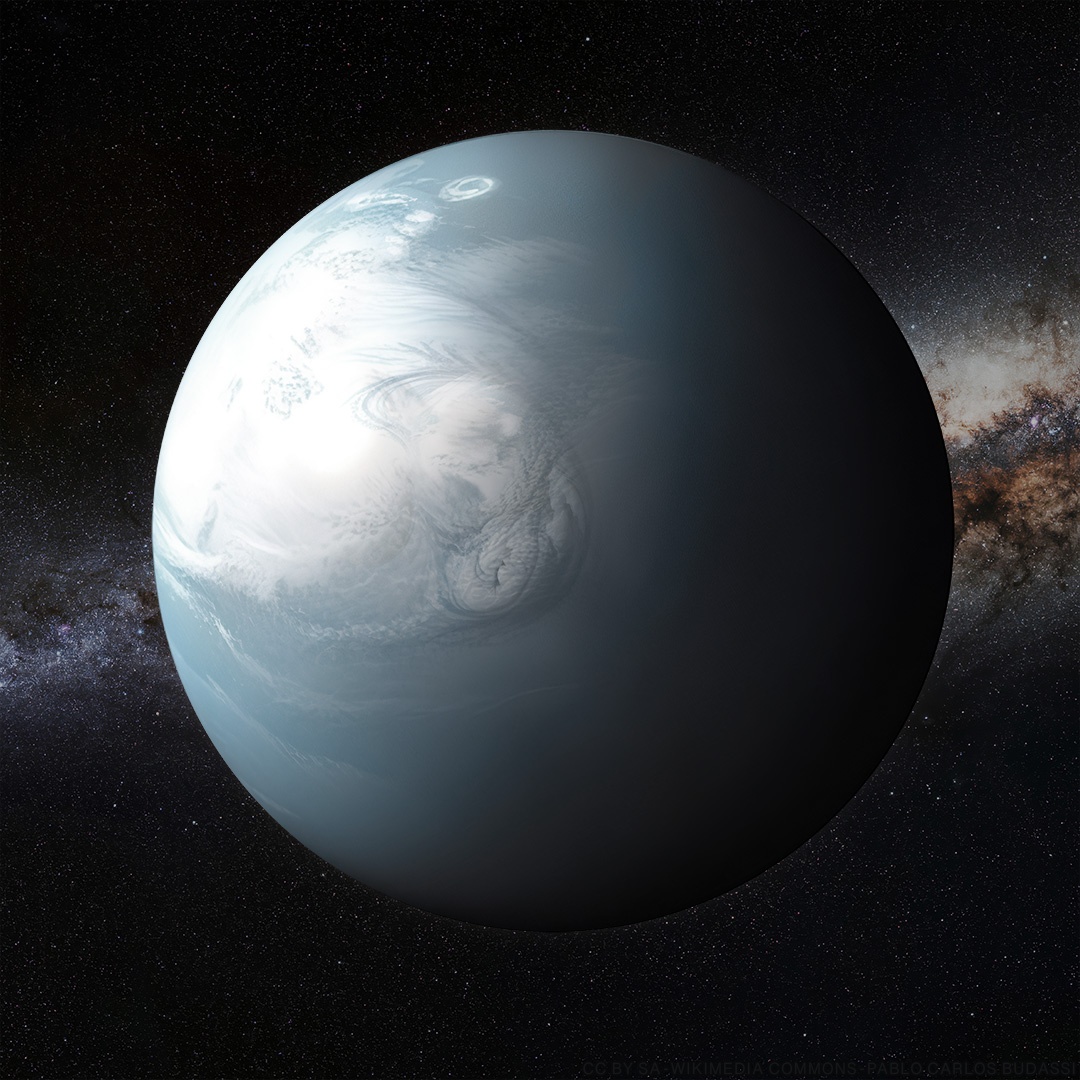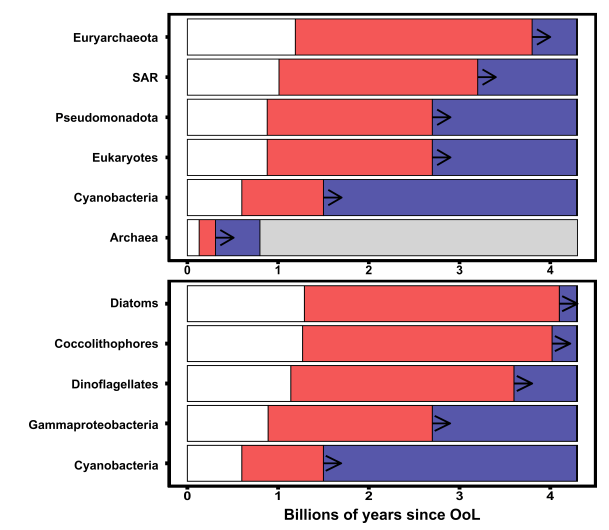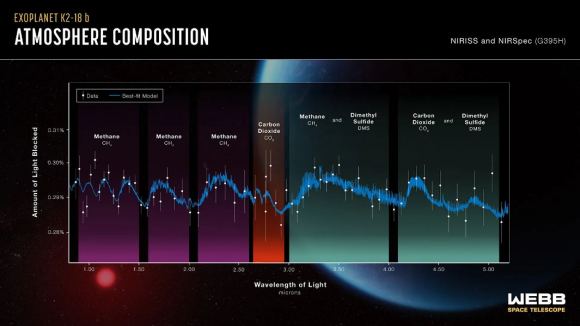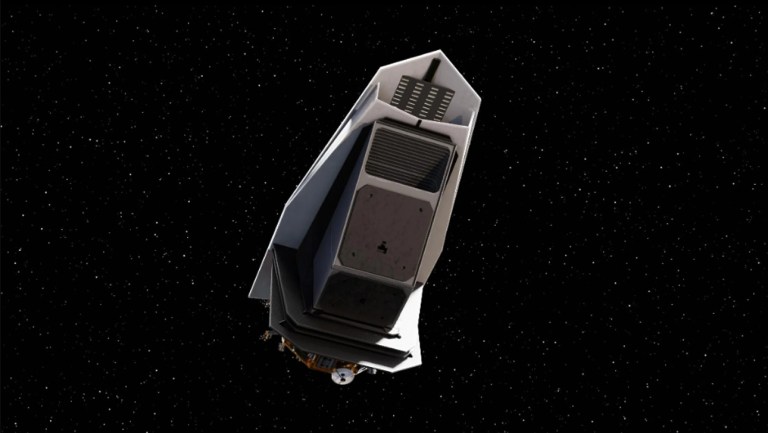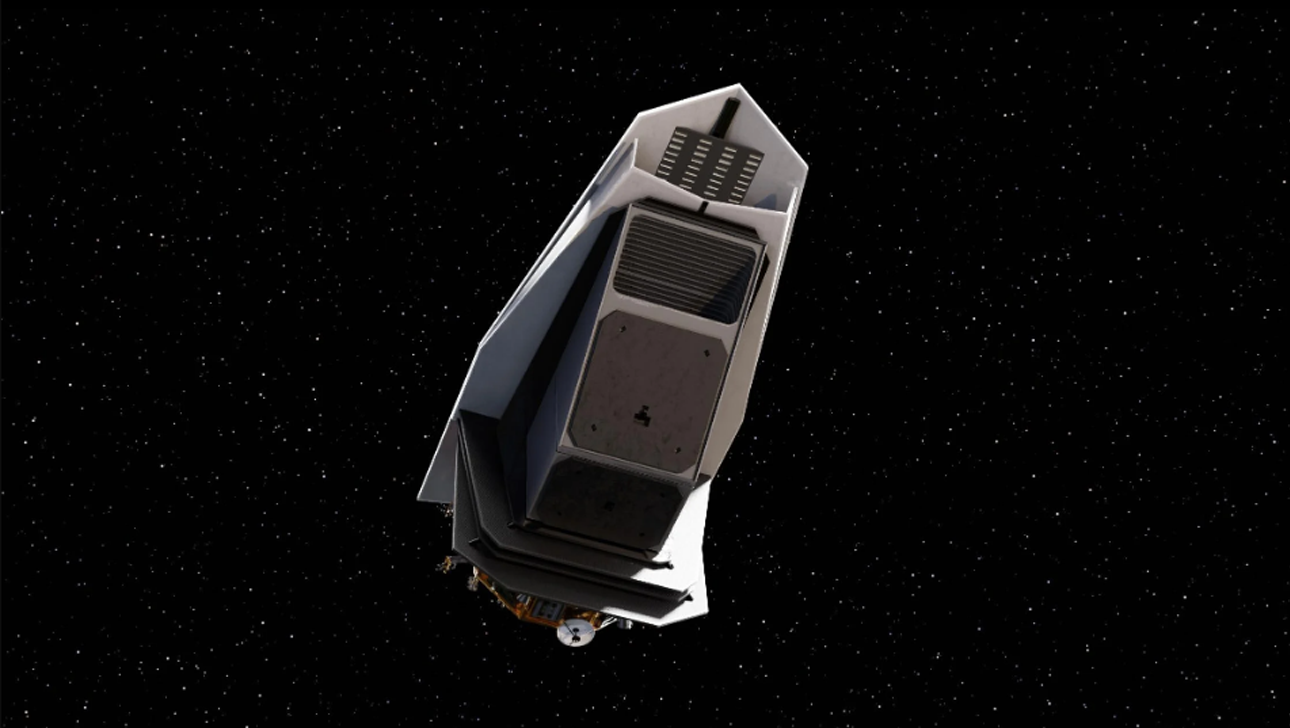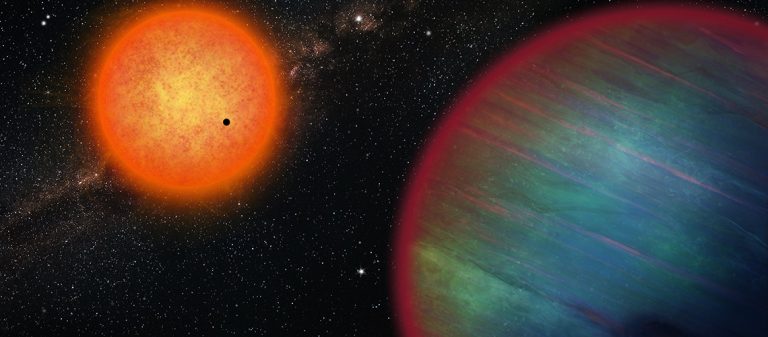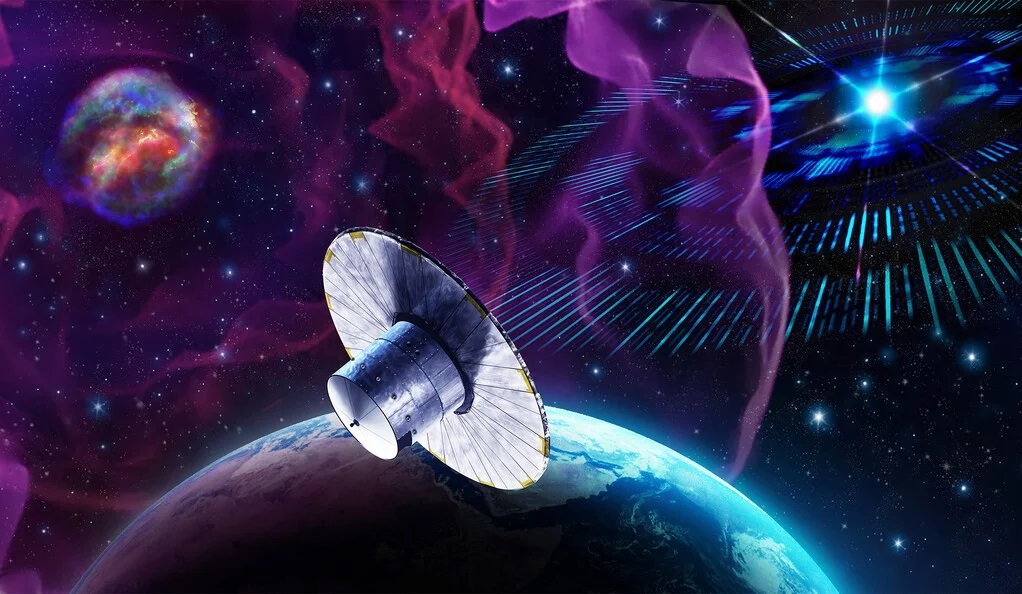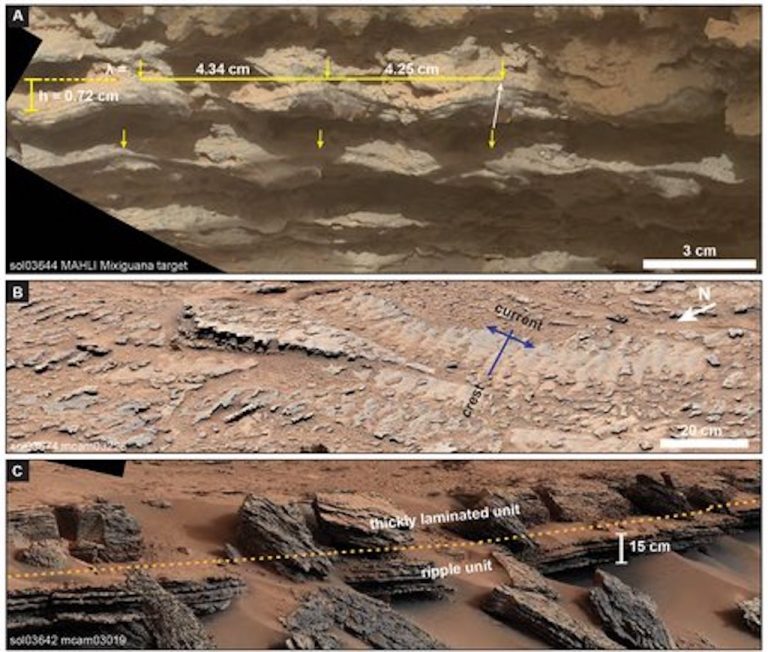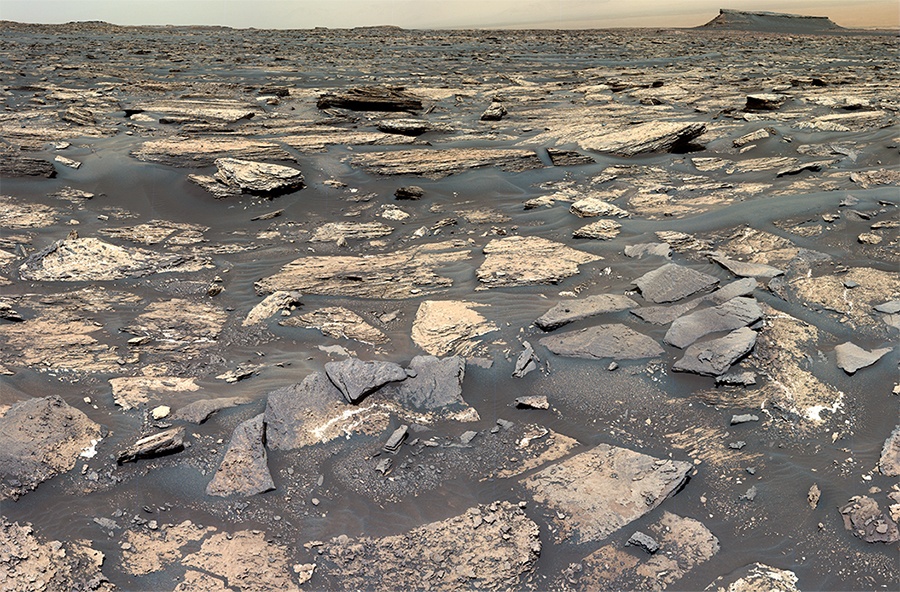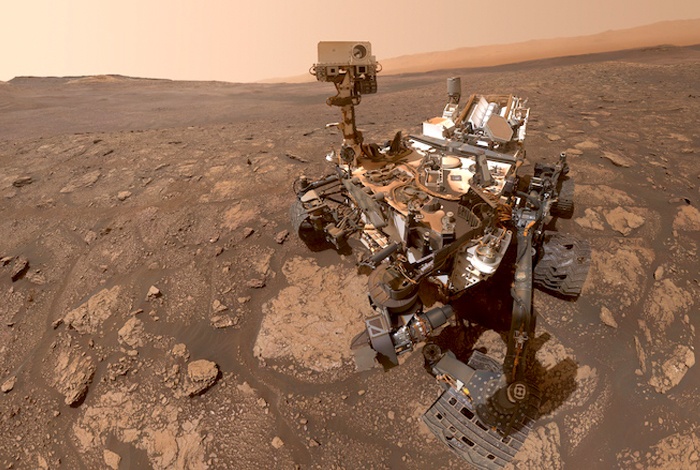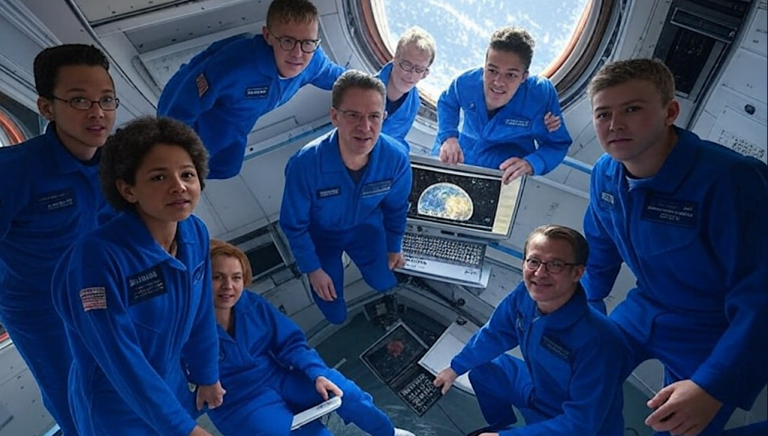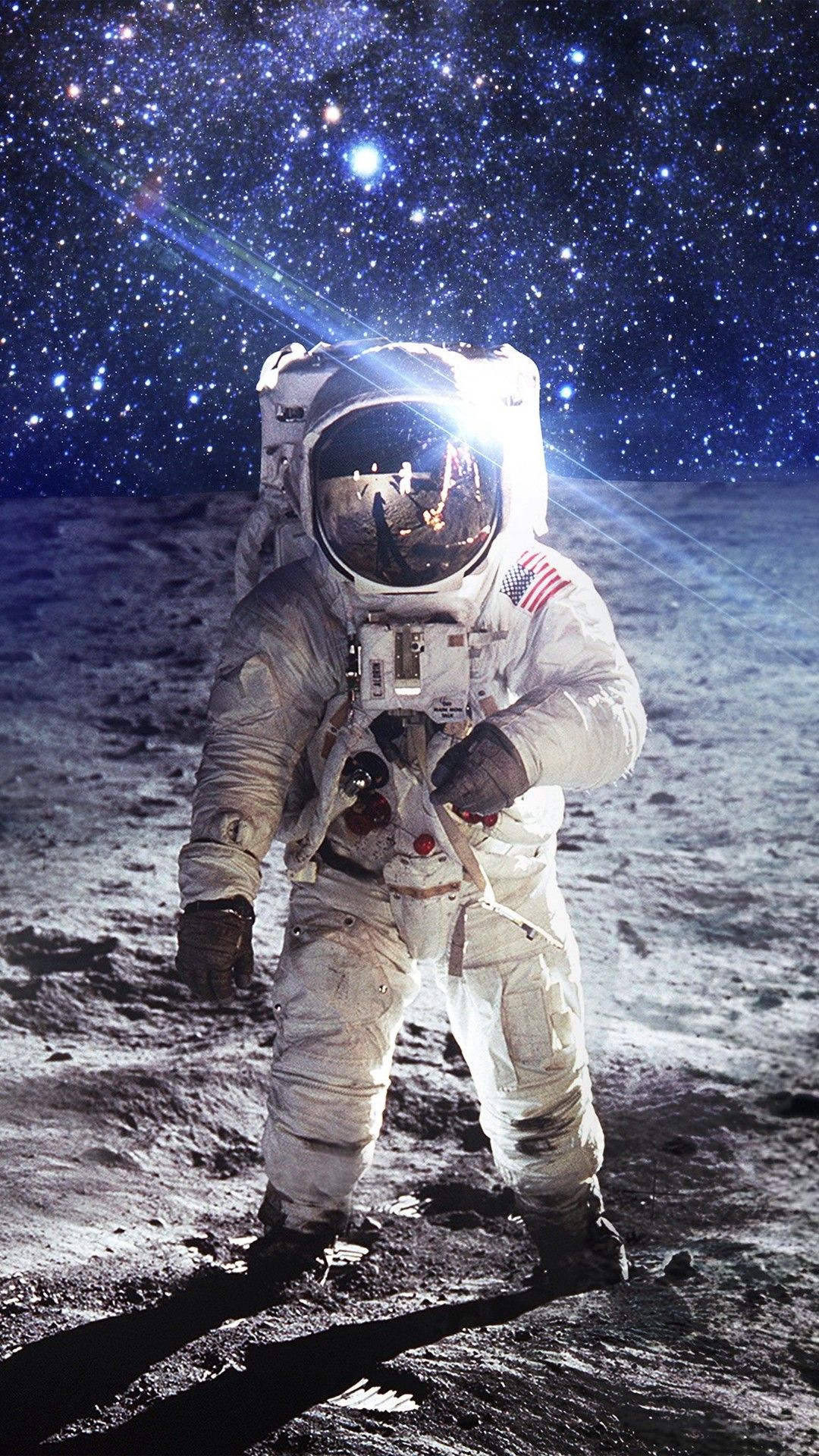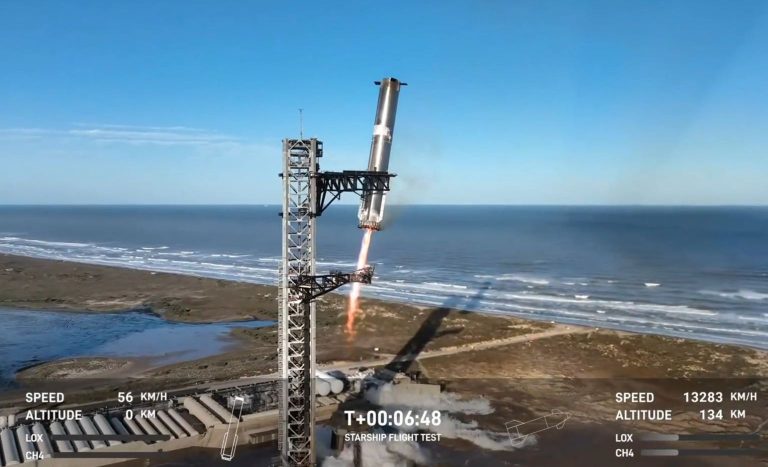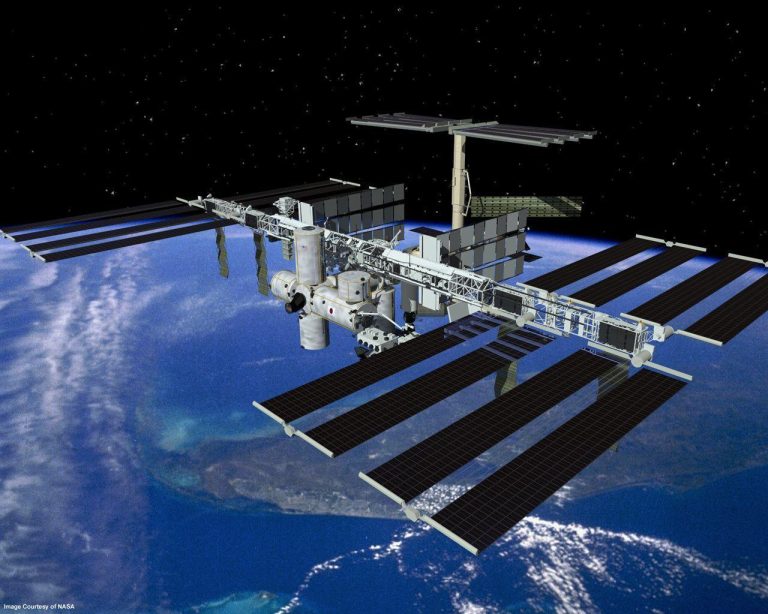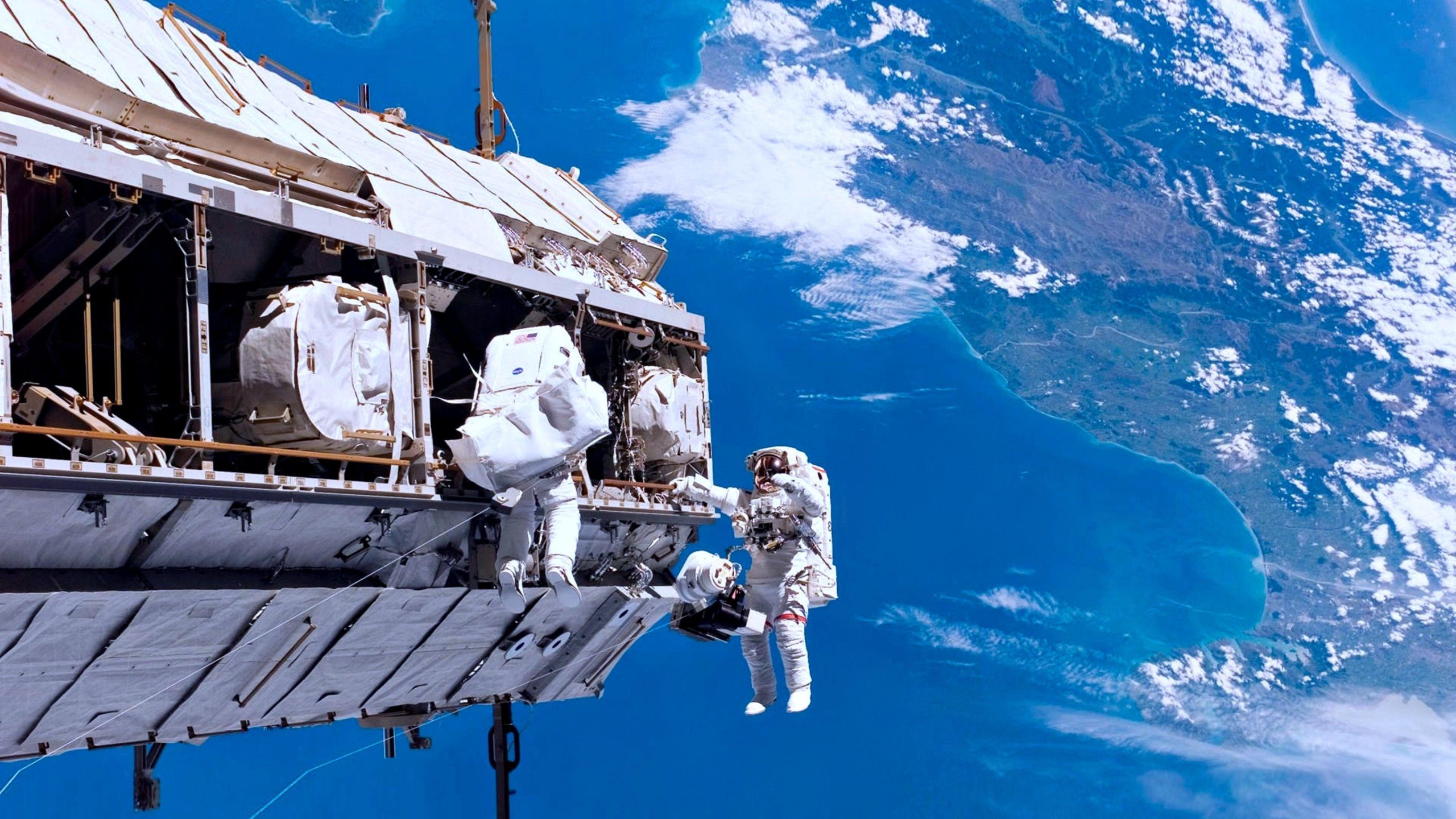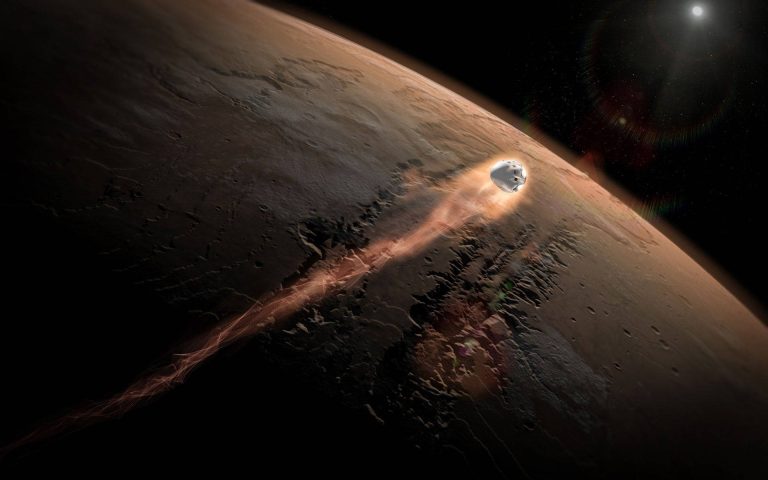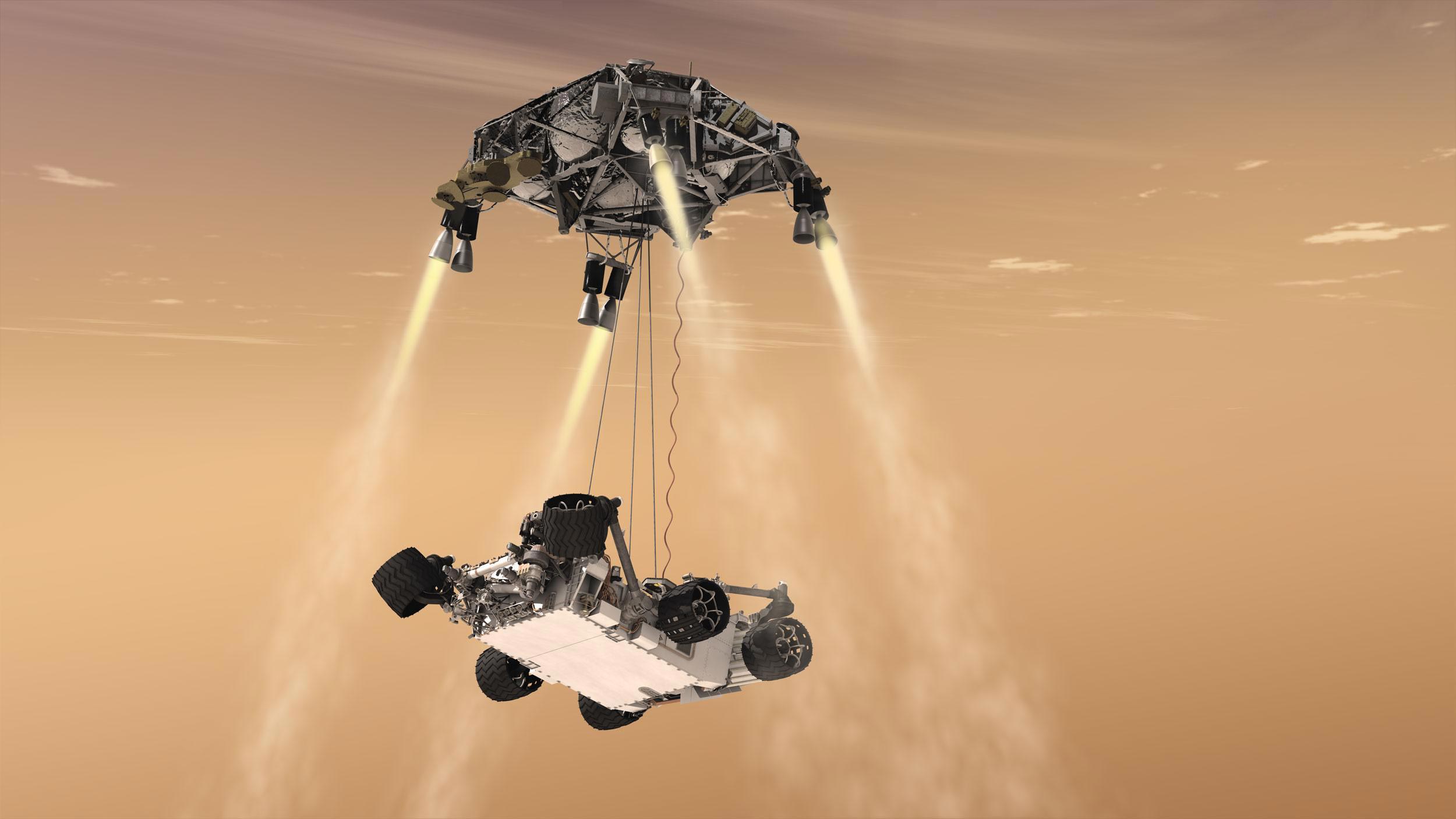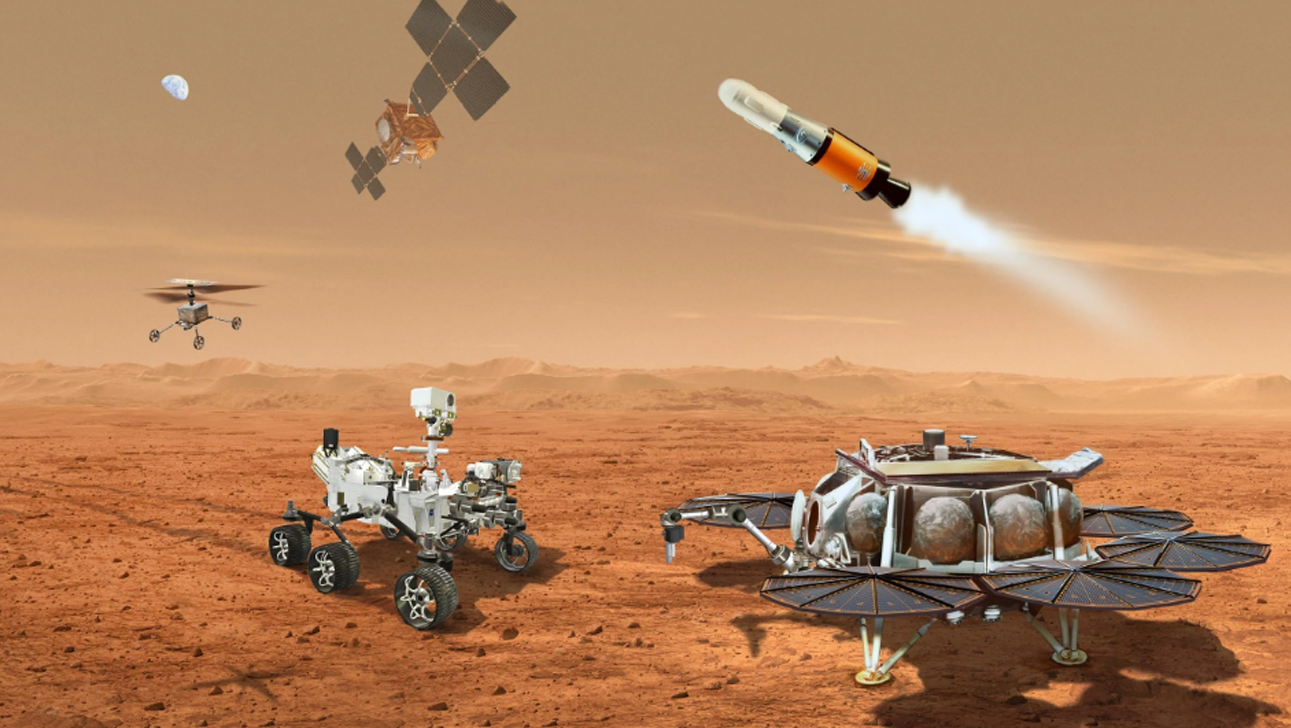The Moon Outpost Challenge: Who Will Be First to Build on the Moon?
The race to build a lunar outpost is heating up between NASA’s Artemis Program and China’s International Lunar Research Station (ILRS). Each aims to establish a long-term presence on the Moon’s south pole, marking a new chapter in lunar exploration and development. With significant technological and logistical challenges, the timeline for each initiative remains uncertain
Summary
- NASA’s Artemis Program aims to establish a permanent lunar base near the Moon’s south pole by 2028.
- Artemis II, scheduled for April 2026, will be the first crewed circumlunar flight since Apollo.
- The Lunar Gateway, a collaborative international station, will support NASA’s lunar exploration goals.
- China, in partnership with Russia, is developing the International Lunar Research Station (ILRS).
- The ILRS aims to establish a Moon base in the South Pole-Aitken Basin by 2030.
- Delays with the Artemis Program, especially the Space Launch System (SLS) and Orion spacecraft, have raised concerns about meeting schedules.
- China’s rapid progress in space exploration, including the Chang’e missions, strengthens its chances in the lunar race.
- NASA’s Artemis Base Camp includes advanced vehicles, habitats, and mobility systems for long-term missions.
- China’s ILRS architecture involves multiple lunar facilities, including a command center and research hubs.
- Both NASA and China are investing in in-situ resource utilization (ISRU) for sustainable Moon operations.
- The lunar south pole is the primary target due to its abundant water ice reserves.
- Political and economic factors heavily influence the pace and success of lunar exploration missions.
- SpaceX’s Starship plays a crucial role in NASA’s Human Landing System (HLS) but faces development delays.
- Technological breakthroughs in 3D printing and ISRU are critical to building Moon bases.
- The Moon base race has significant implications for international partnerships and the future of space exploration.
Back to the Moon to Stay
NASA’s journey back to the Moon began with the passage of the NASA Authorization Act of 2005. This act not only funded robotic exploration programs but also emphasized the need for a permanent human presence on the Moon as a stepping stone for future missions to Mars.
Initially, NASA’s plans were guided by the Constellation Program, which aimed to return astronauts to the Moon by the 2020s. However, economic challenges, including the 2008 financial crisis, delayed progress. By 2010, the program evolved into the Moon to Mars architecture, focusing on developing the Space Launch System (SLS) and Orion spacecraft.
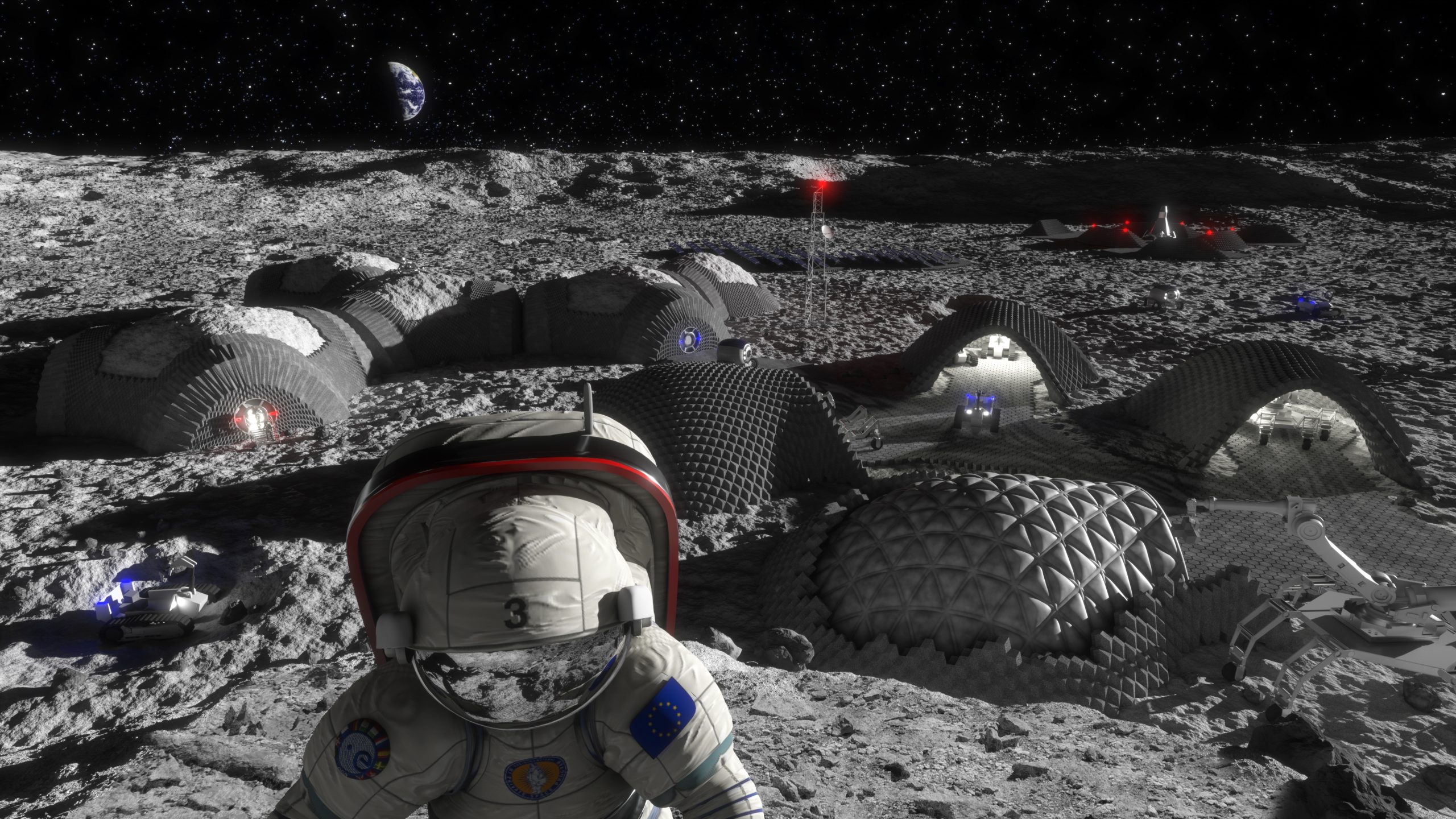
In 2017, NASA announced the Artemis Program, named after Apollo’s twin sister in Greek mythology. This ambitious plan aims to conduct sustainable lunar exploration and development, with the ultimate goal of establishing a permanent lunar base near the Moon’s south pole.
Despite significant progress, the Artemis Program has faced delays. Artemis I successfully launched in November 2022, but Artemis II and Artemis III have been postponed to April 2026 and mid-2027, respectively. You can learn more about the Artemis Program on NASA’s official website.
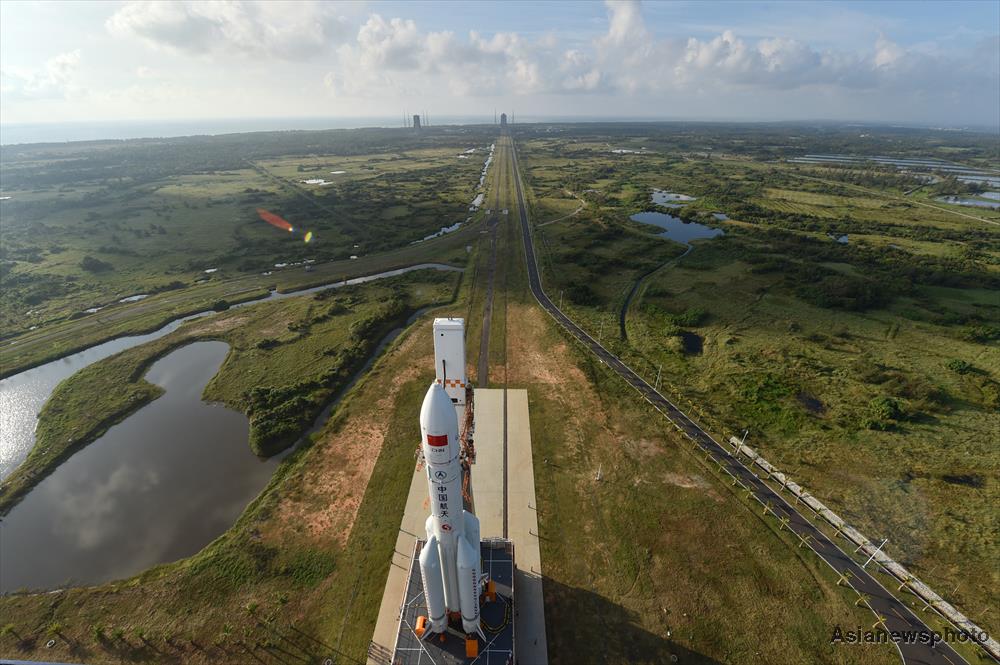
The Lunar Gateway and Artemis Base Camp
NASA’s Lunar Gateway is central to its plans for a sustainable lunar presence. This space station, positioned in a near-rectilinear halo orbit around the Moon, will act as a hub for crewed and robotic missions. The Gateway is being developed in partnership with the European Space Agency (ESA), Japan Aerospace Exploration Agency (JAXA), Canadian Space Agency (CSA), and other international partners.
Key modules include:
- Power and Propulsion Element (PPE)
- Habitation and Logistics Outpost (HALO)
- European System Providing Refueling, Infrastructure, and Telecommunications (ESPRIT)
- Canadarm3 robotic arm
The Lunar Gateway will serve as a staging point for landing missions and scientific research. Learn more about its architecture on NASA’s Lunar Gateway page.
The Artemis Base Camp is NASA’s proposed lunar surface habitat. It includes three core elements:
- Lunar Terrain Vehicle (LTV): A mobility system for exploring the lunar surface.
- Habitable Mobility Platform (HMP): A pressurized rover supporting 45-day missions.
- Foundation Surface Habitat (FSH): A base for short-term stays.
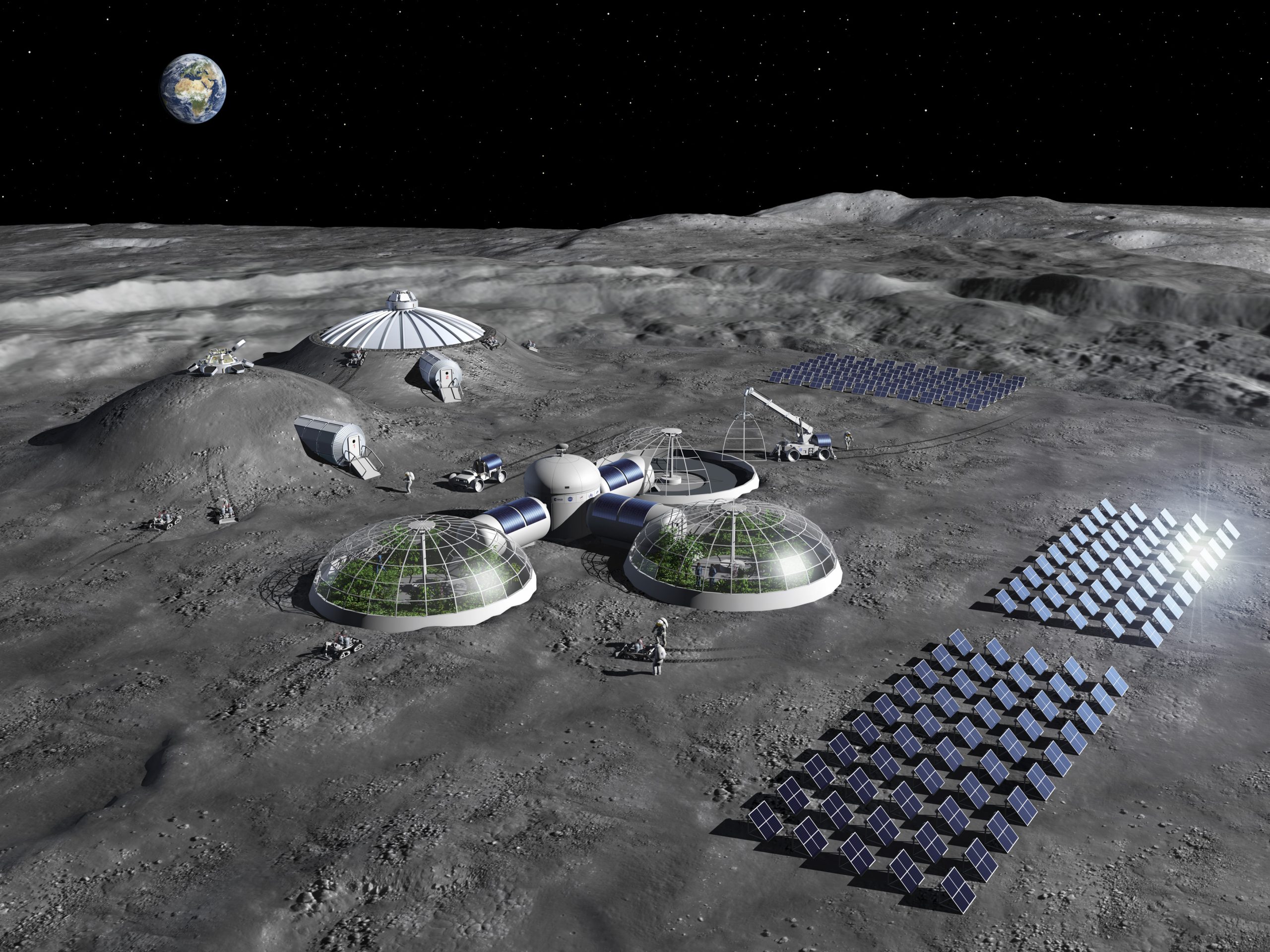
Table 1: Core Components of Artemis Base Camp
| Component | Description | Function |
|---|---|---|
| Lunar Terrain Vehicle | Unpressurized rover | Short-range exploration |
| Habitable Mobility Platform | Pressurized rover | Long-range missions |
| Foundation Surface Habitat | Lunar base for 4 crew members | Short-term habitation |
China and Russia’s ILRS
In response to NASA’s Artemis Program, China and Russia announced the International Lunar Research Station (ILRS) in 2021. The ILRS aims to establish a Moon base in the South Pole-Aitken Basin by 2030. The CNSA and Roscosmos have invited international partners to join the project, outlined in the ILRS Guide for Partnership.
The ILRS consists of five primary facilities:
- Cislunar Transportation Facility (CLF): An orbital station like the Lunar Gateway.
- Telemetry, Tracking, and Command (TT&C): Communication and energy infrastructure.
- Lunar Transportation and Operation Facility (LTOF): Vehicle storage and maintenance hub.
- Lunar Scientific Facility: Research modules for geology, physics, and ISRU.
- Ground Support and Application Facility (GSAF): Data processing and operational support.
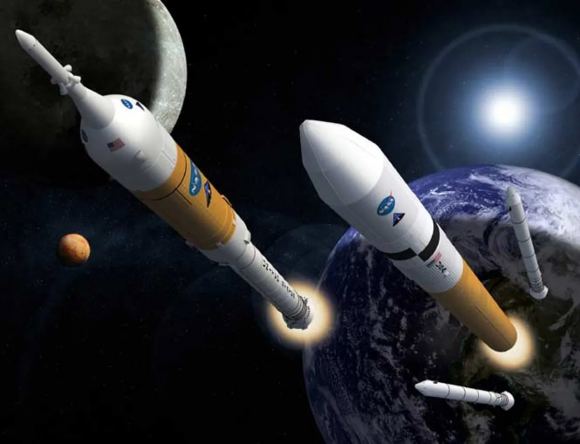
Table 2: Phases of ILRS Development
| Phase | Timeline | Objectives |
|---|---|---|
| Reconnaissance | 2021–2025 | Site scouting, sample return |
| Construction | 2025–2030 | Build command center, ISRU trials |
| Utilization | 2030–2035 | Complete base and begin operations |
Challenges and Delays
Both NASA and China face significant challenges in the lunar race.
NASA’s SLS and Orion spacecraft have experienced cost overruns and technical setbacks. The SLS’s first flight was delayed for six years, and Orion’s next test flight (Artemis II) will occur nearly a decade after its maiden voyage.
China has advanced rapidly with its Chang’e missions, successfully landing rovers on the Moon and returning samples. However, building a permanent base requires breakthroughs in in-situ resource utilization (ISRU) and 3D printing.
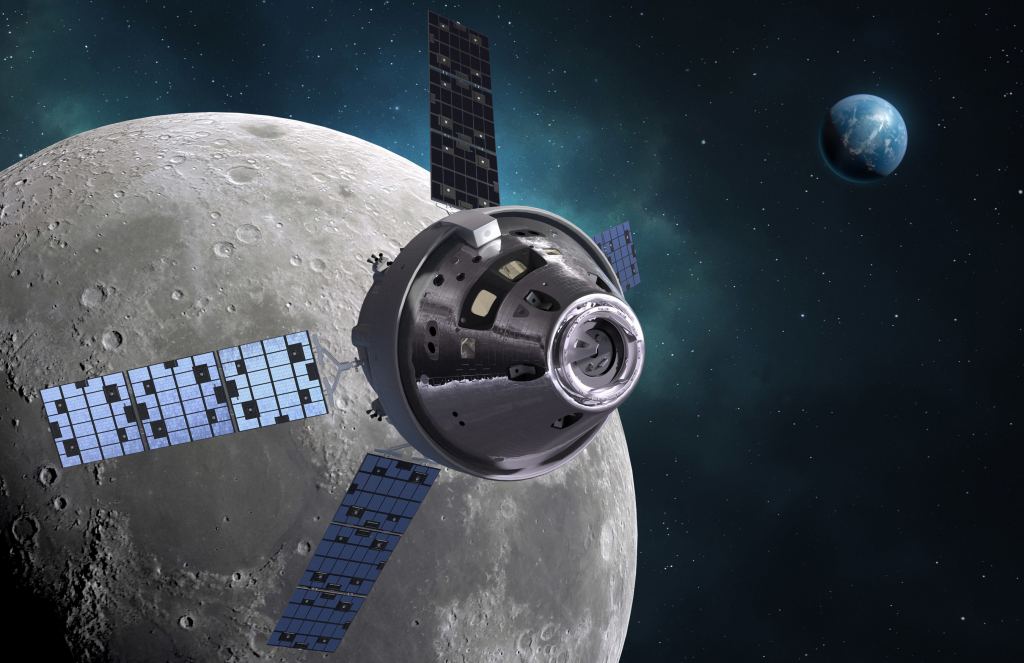
The Lunar South Pole: The Ultimate Prize
The Moon’s south pole is the focus of both programs due to its abundant water ice deposits, essential for producing oxygen, drinking water, and rocket fuel. The region’s unique lighting conditions also allow for continuous solar power generation.
Facts About Lunar Exploration
- The Moon has an average surface temperature ranging from -173°C at night to 127°C during the day.
- Water ice on the Moon is believed to be billions of years old.
- The Moon’s gravity is only 1/6th that of Earth, making it easier to move heavy equipment.
- NASA’s Apollo missions brought back 382 kilograms of lunar samples.
- China’s Chang’e 5 mission retrieved over 1.7 kilograms of samples in 2020.
The Role of SpaceX
SpaceX’s Starship is a critical component of NASA’s Human Landing System (HLS). The fully reusable spacecraft will ferry astronauts between the Lunar Gateway and the Moon’s surface. However, Starship’s development has faced delays, including its first orbital test flight, which occurred in mid-2024.
Learn more about SpaceX’s contributions to the Artemis Program on their official website.
The race to build a Moon base is about more than scientific exploration. It represents a strategic competition for technological leadership and international influence. As NASA and China push ahead with their respective programs, the outcome will shape the future of space exploration and humanity’s first steps toward becoming an interplanetary species.
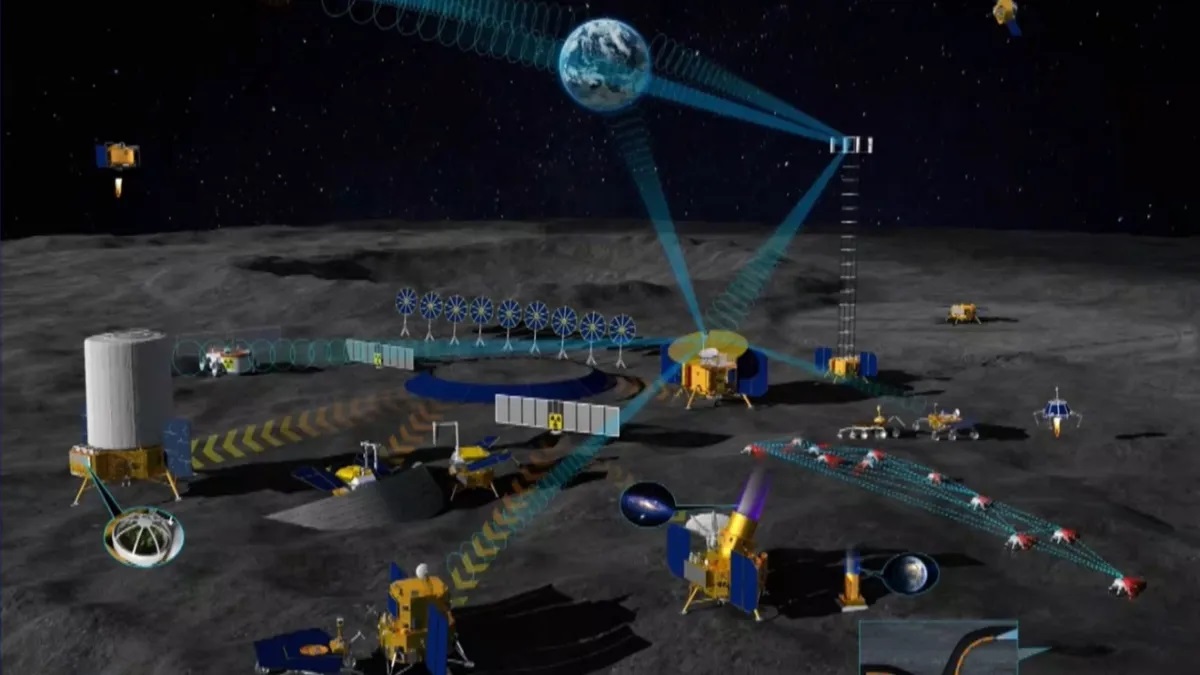
References
- NASA’s Artemis Program
- European Space Agency – Lunar Gateway
- China National Space Administration – ILRS Guide
- SpaceX – Starship Overview
- South Pole-Aitken Basin Details

